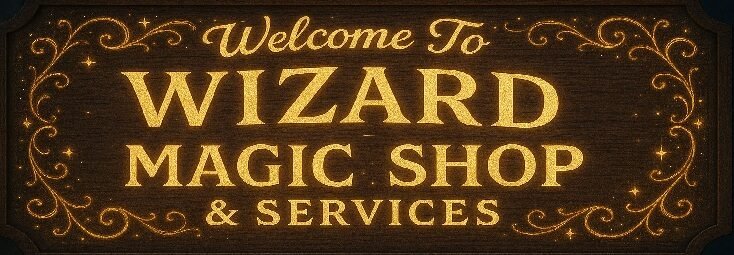The Evolution of Magic: From Ancient Origins to Modern-Day Performances

Photo by <a href="https://unsplash.com/@almosbech" rel="nofollow">Almos Bechtold</a> on <a href="https://unsplash.com/?utm_source=hostinger&utm_medium=referral" rel="nofollow">Unsplash</a>
The Ancient Origins of Magic
Magic has a long and fascinating history that dates back to ancient times. In fact, the origins of magic can be traced back to ancient civilizations such as Egypt, Greece, and China. Back then, magic was often associated with religious rituals and was performed by priests and shamans. These early forms of magic were shrouded in mystery and were believed to have supernatural powers.
The Medieval Era and Renaissance Magic
During the medieval era, magic took on a different form. It was often associated with witchcraft and sorcery, and those who practiced it were often persecuted. However, during the Renaissance, magic began to be seen as a form of entertainment. Magicians would perform tricks and illusions for the amusement of the nobility and the general public.
Modern-Day Magic
In the 19th and 20th centuries, magic underwent a significant transformation. With the rise of vaudeville and the advent of cinema, magicians began to incorporate more theatrical elements into their performances. Illusionists like Harry Houdini captivated audiences with their death-defying stunts, while others, like David Copperfield, pushed the boundaries of what was possible with their mind-bending illusions.
Today, magic continues to evolve and adapt to the changing times. With the advent of technology, magicians have incorporated digital effects and high-tech props into their acts. Magic shows are now a popular form of entertainment, with magicians performing in theaters, on television, and even on the internet.
In conclusion, the evolution of magic is a testament to the enduring appeal of this art form. From its ancient origins to the modern-day performances, magic has captivated audiences throughout history. Whether it’s the mystery and wonder of ancient rituals or the mind-bending illusions of modern illusionists, magic continues to enchant and amaze us.





